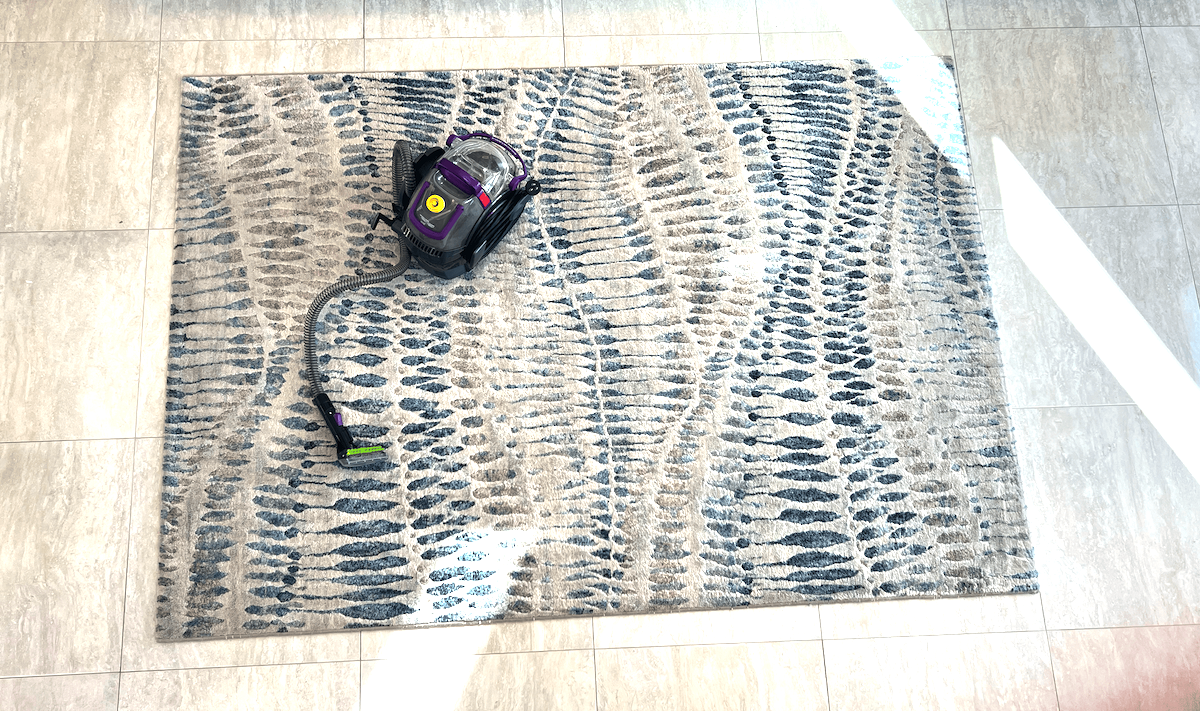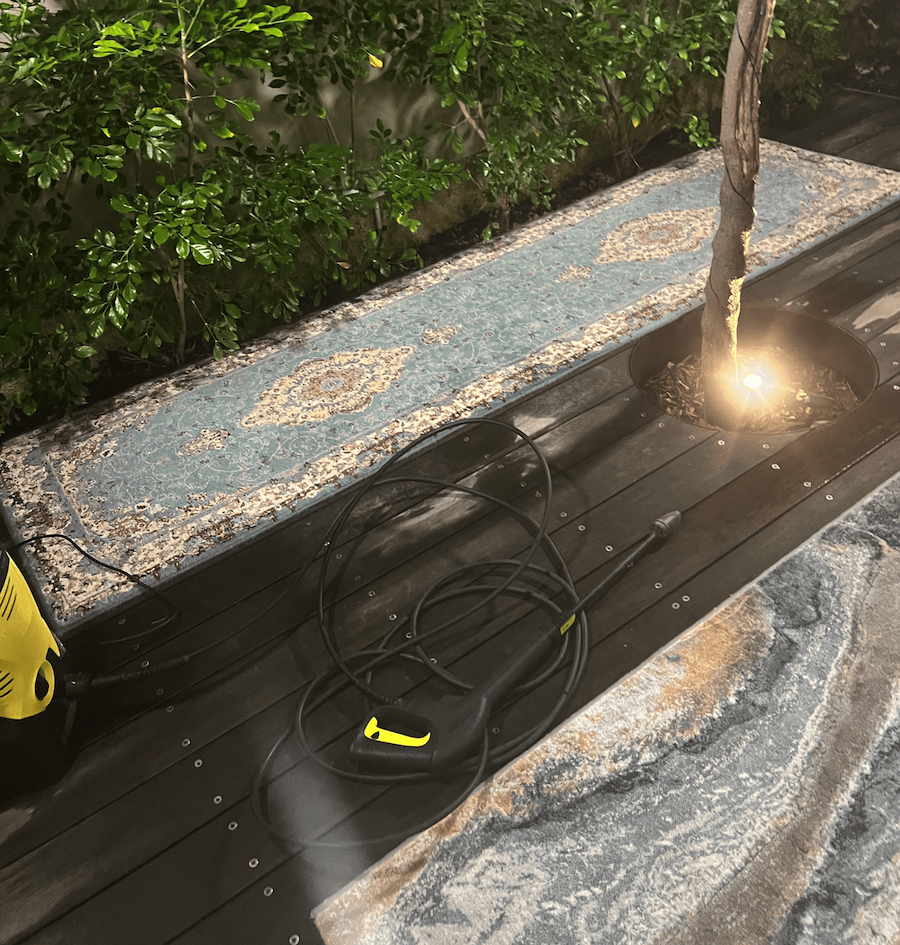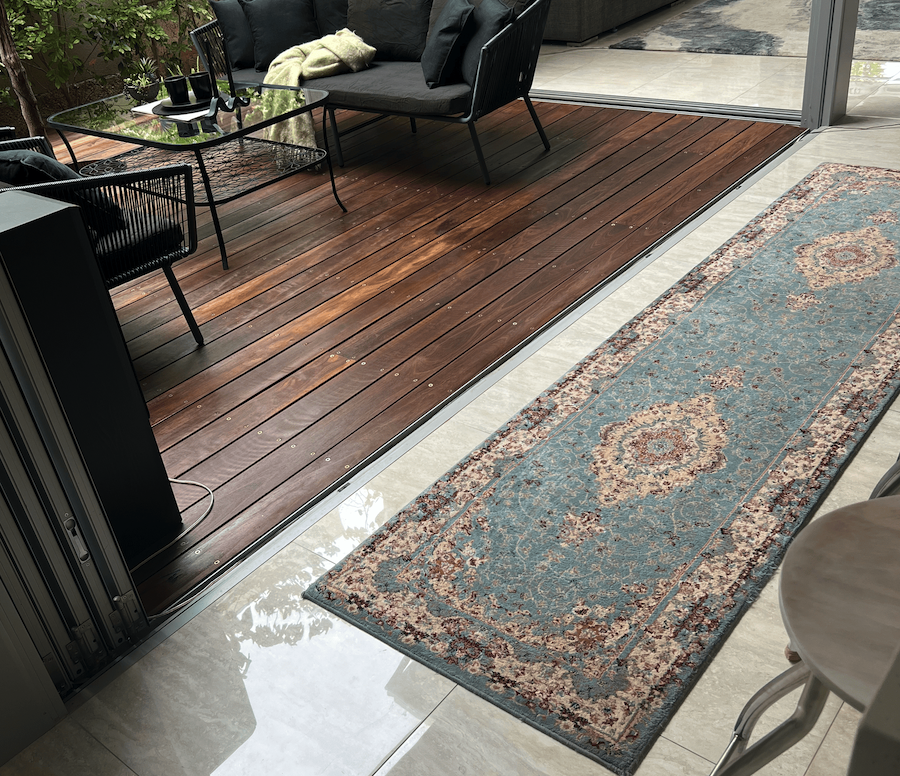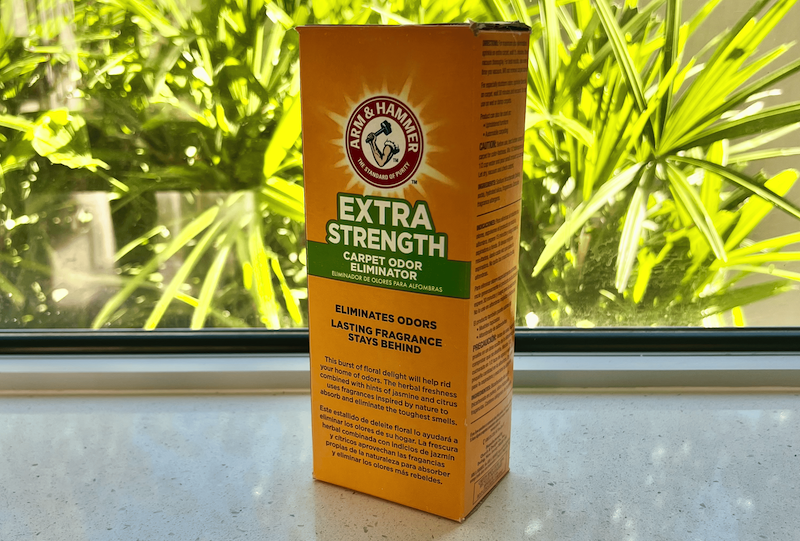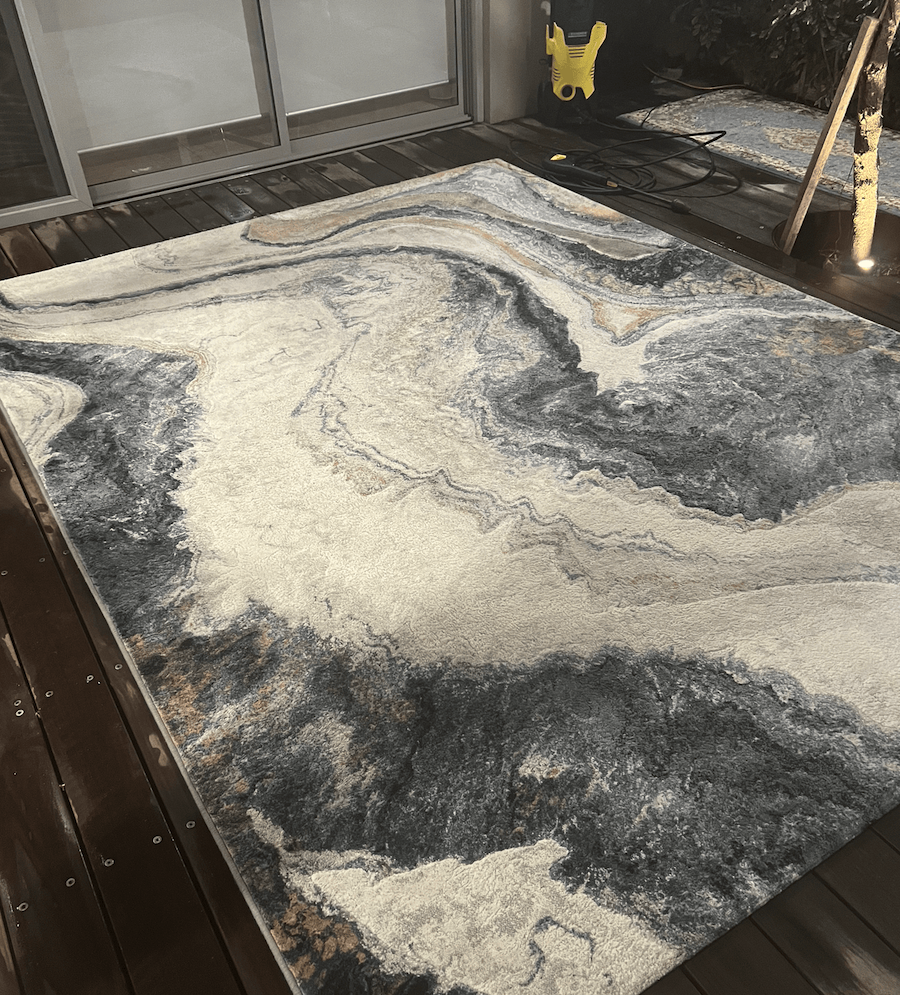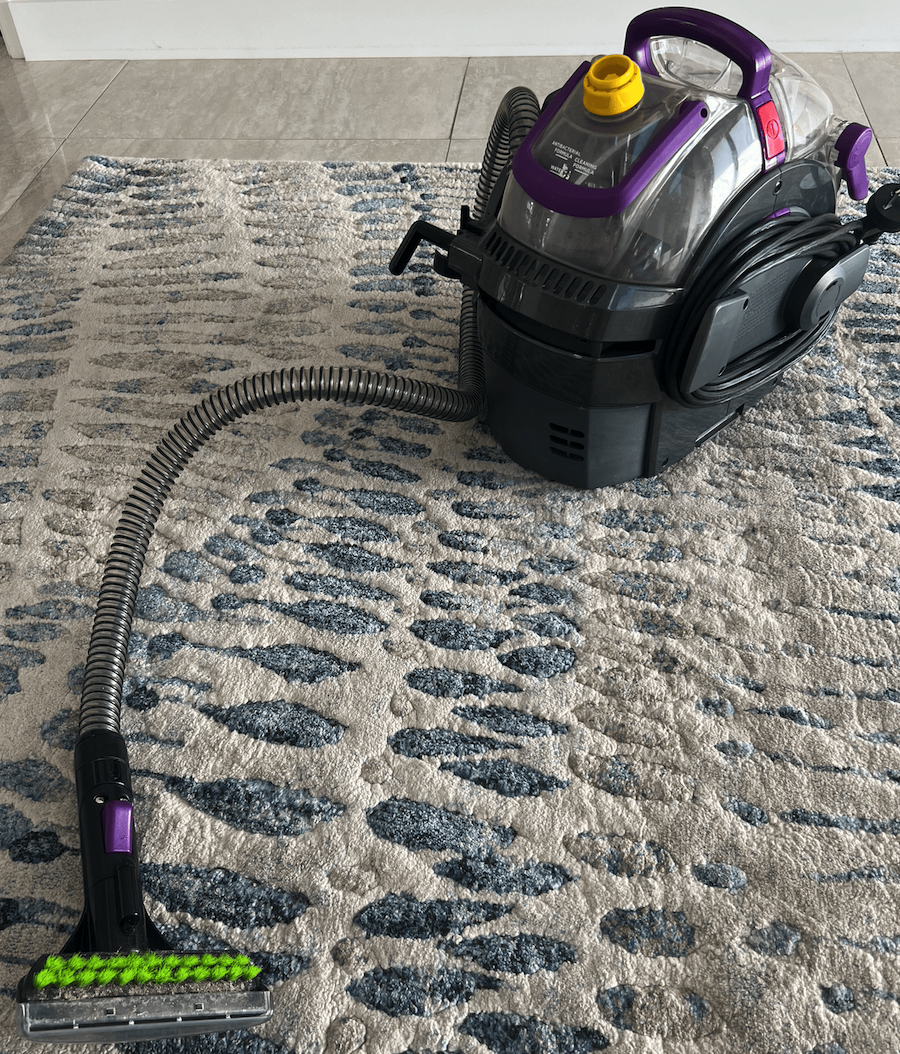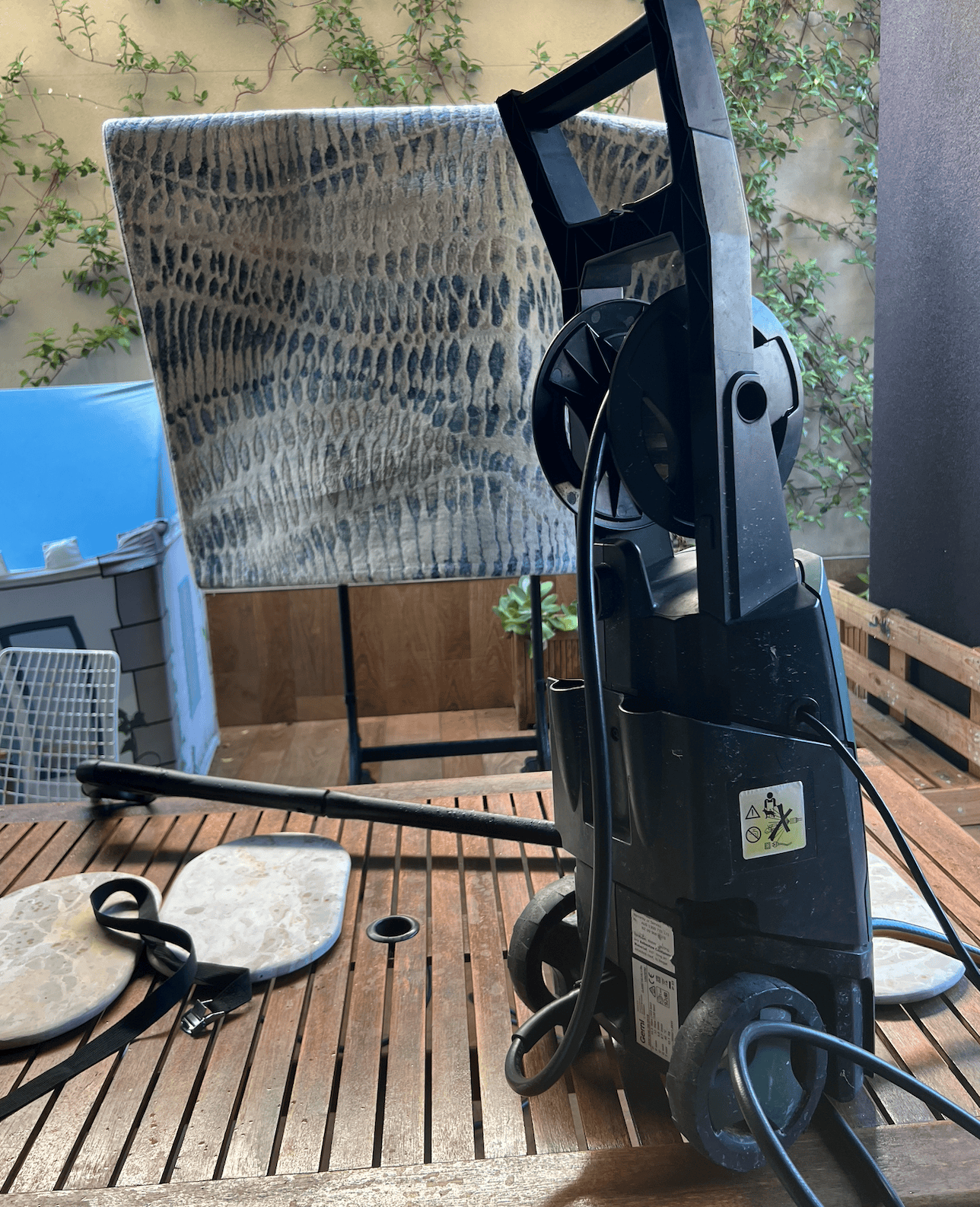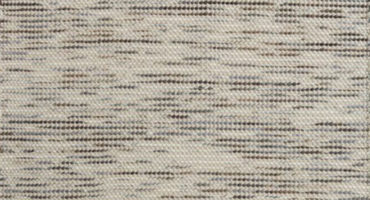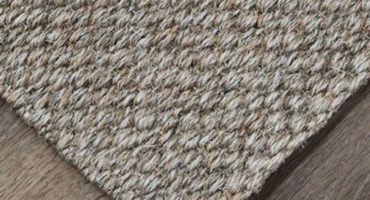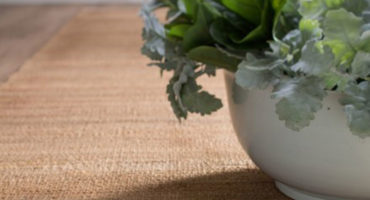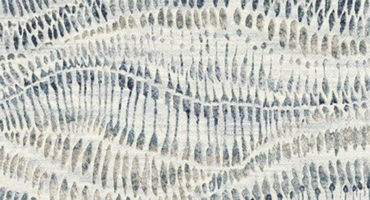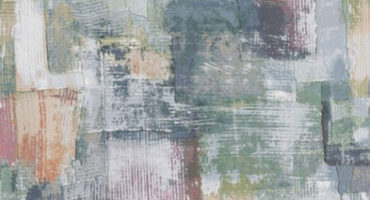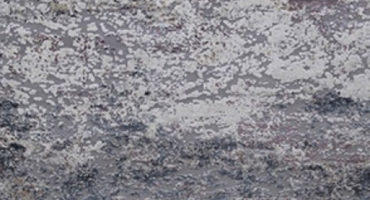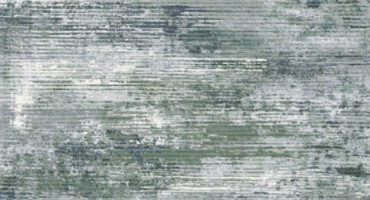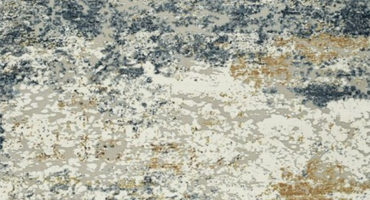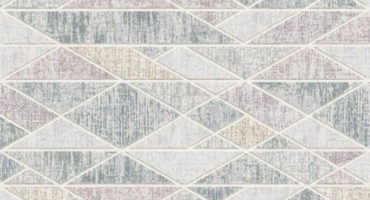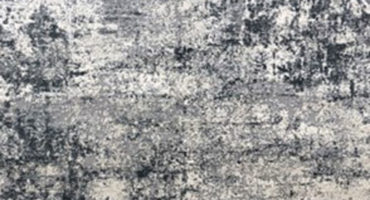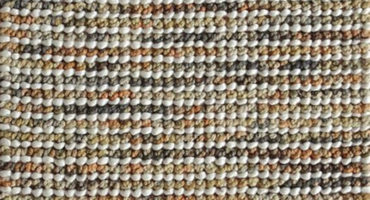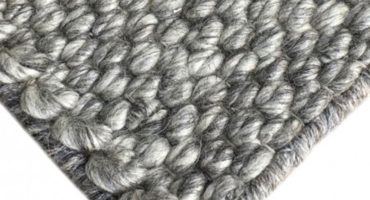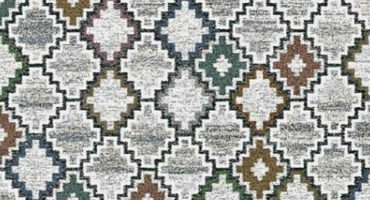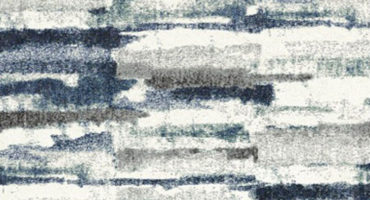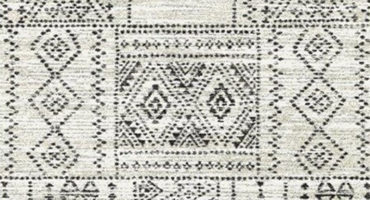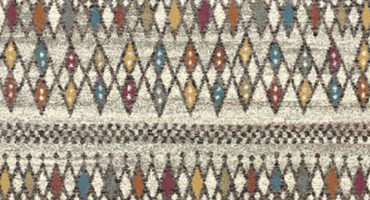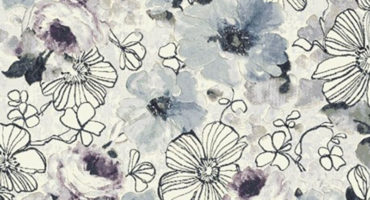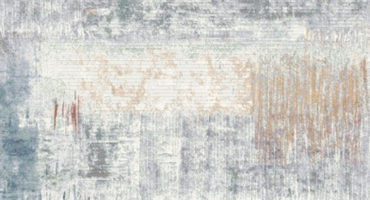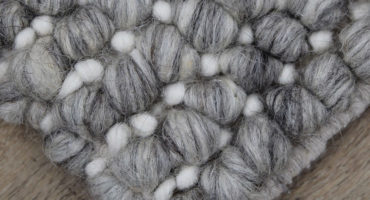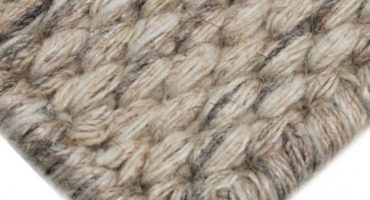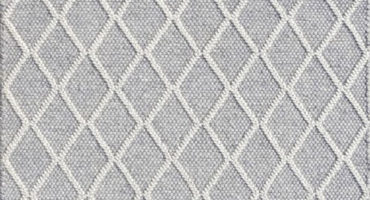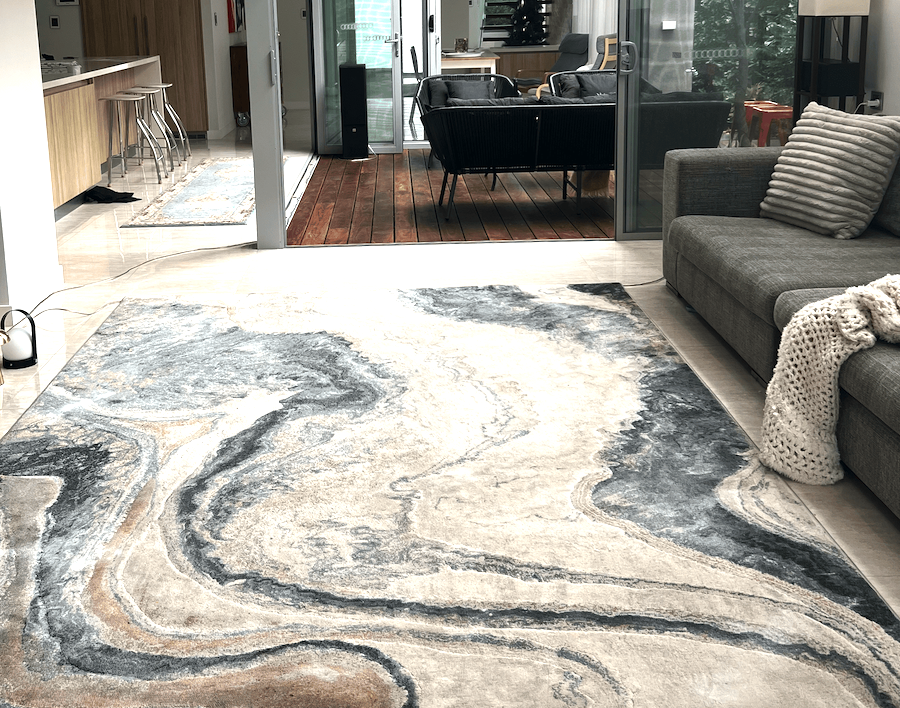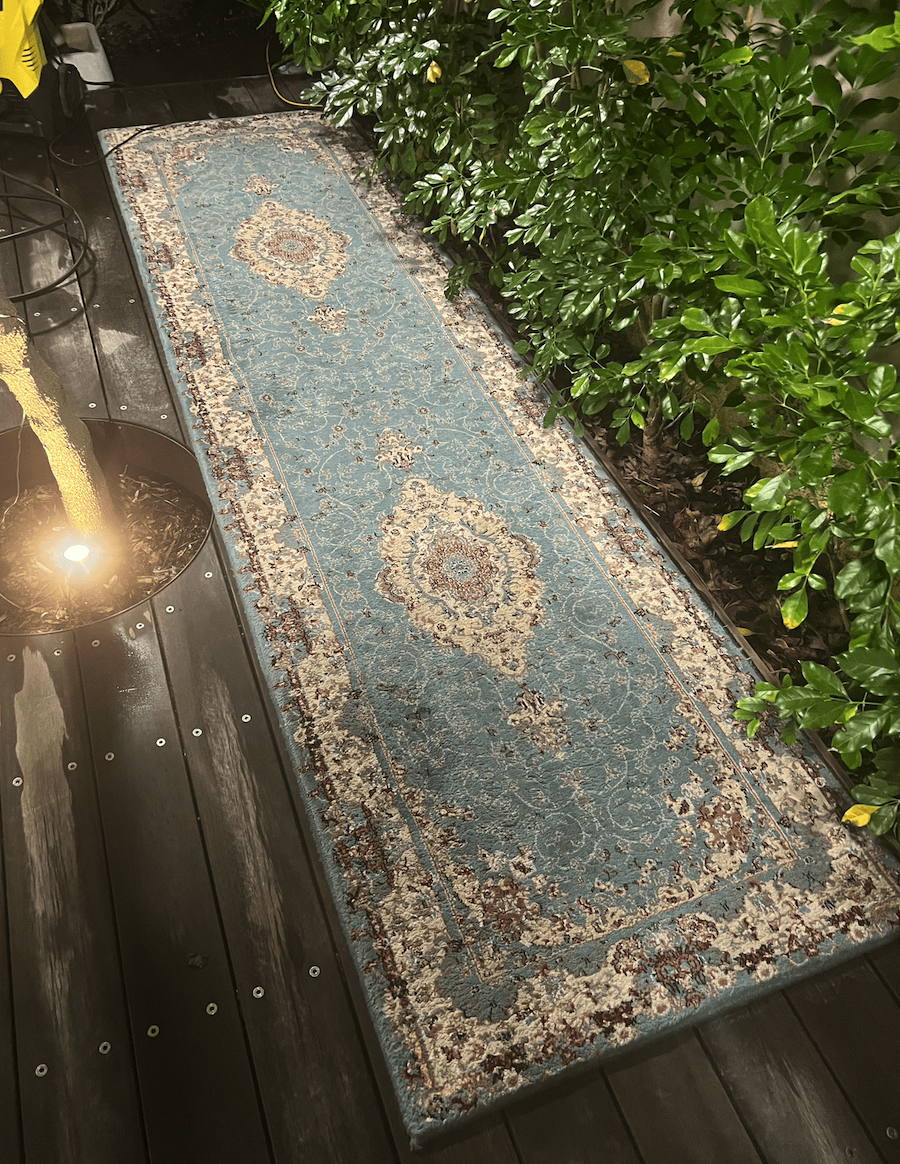Is your beautiful rug looking a bit worse for wear? Whether dealing with stubborn stains, muddy footprints, or the inevitable build-up of dust and dirt, knowing how to clean a rug properly can save you money and extend its lifespan significantly.
With decades of experience working with floor coverings and rugs, we’ve compiled this comprehensive guide to help you safely and effectively clean your rugs at home. With the proper knowledge, most rugs can be cleaned without professional intervention. We’ll also help you recognise when to call in the experts.
What You’ll Learn
- Identify your rug’s material before selecting a cleaning method
- Set up a regular vacuuming routine to prevent dirt buildup
- Master spot cleaning techniques for quick stain removal
- Choose between three deep cleaning methods: hand washing, machine cleaning, and pressure washing
- Implement proper drying techniques to prevent mould and mildew
- Learn alternative cleaning methods that don’t require washing
- Recognise when to seek professional cleaning for specialty rugs
Identifying Your Rug’s Material
Before you grab the first cleaning product you see under the sink, it’s crucial to identify what your rug is made of. Different materials require different cleaning approaches, and using the wrong method could permanently damage your rug.
How to check the care label: Most rugs have a care label attached to the underside. This label contains valuable information about the rug’s composition and recommended cleaning methods. If your rug no longer has its care label, you might be able to find the information by searching for the manufacturer and model online.
Common Rug Materials and Their Cleaning Requirements
- Wool Rugs: Natural, durable, but sensitive to harsh chemicals and excessive moisture. Wool can shrink if subjected to hot water or aggressive scrubbing.
- Synthetic Rugs (Polypropylene, Nylon, Polyester): Generally more resilient and stain-resistant. These can typically withstand more vigorous cleaning methods.
- Natural Fibre Rugs (Jute, Sisal, Seagrass): Are highly sensitive to water and should only be spot-cleaned. They absorb moisture readily and can develop mould if wet-cleaned.
- Silk or Viscose Rugs: Are highly delicate and often require professional cleaning. Home cleaning attempts can damage these luxury materials.
- Cotton Rugs: Often machine washable, but prone to shrinking if not handled correctly.

Expert Insights From Clem Sturgess
20+ years' experience in hard flooring
The number one mistake I see people make when cleaning rugs is jumping straight in without checking what their rug is made from. Take five minutes to identify the material, and you'll save yourself from potentially ruining your rug with an inappropriate cleaning method. When in doubt, always test cleaning solutions on a small, hidden area first.
Performing a Colourfastness Test
Even when you know your rug’s material, it’s wise to test for colourfastness before applying any cleaning solution:
- Dampen a white cloth with your intended cleaning solution
- Gently dab an inconspicuous corner of the rug
- Check if any dye transfers to the cloth
- If colour appears on the cloth, your rug’s dyes may run during cleaning, and you should consider professional cleaning instead.
Gathering Your Cleaning Supplies
Having the right tools on hand makes the cleaning process more efficient.
Essential tools for rug cleaning
- Vacuum cleaner with upholstery attachment
- Soft-bristled brush or broom
- Clean white cloths or microfibre towels
- Bucket
- Sponge
- Rubber gloves
- Squeegee (for removing excess water)
- Fan or dehumidifier (for drying)
Recommended cleaning solutions
- Mild dish soap (for general cleaning)
- White vinegar (for odour removal)
- Baking soda (for deodorising)
- Commercial carpet shampoo (for deep cleaning synthetic rugs)
- Speciality wool rug cleaner (if you have wool rugs)
- Enzyme cleaner (for pet accidents)
Special cleaners for different rug types
- For wool rugs, look for pH-neutral cleaners specifically designed for wool. These are formulated to clean effectively without damaging the natural fibres.
- Standard carpet shampoos work well for synthetic rugs, but always dilute according to the manufacturer’s instructions.
- For natural fibre rugs like jute or sisal, use as little moisture as possible. Dry cleaning products designed for these materials are your best option.
Product Recommendation: Arm & Hammer Extra Strength Carpet Odor Eliminator
We consistently recommend Arm & Hammer Extra Strength Carpet Odor Eliminator for effective rug deodorising. This baking soda-based formula genuinely neutralises odours rather than masking them with perfumes.
- It’s brilliant for tackling pet accidents, food spills, and musty smells that develop in high-traffic areas. This product stands out because of its versatility; it’s gentle enough for wool rugs yet powerful sufficient for synthetic options.
- For best results, sprinkle liberally, work into fibres with a soft brush, and leave for 30 minutes before vacuuming. At around $8-10 per box, it’s an affordable solution that delivers professional-level results.
Pre-Cleaning Steps
Removing loose dirt and debris: Always begin by thoroughly vacuuming your rug to remove loose dirt, dust, pet hair, and debris. For smaller rugs, take them outside and shake them vigorously to dislodge dirt. Larger rugs should be vacuumed on both sides if possible.
When cleaning delicate rugs, use the vacuum’s upholstery attachment without the beater bar to prevent damage to the fibers. Vacuum toward the pile to avoid disrupting the rug’s appearance.
Addressing loose threads or fringe: Before cleaning, inspect your rug for loose threads, unravelling edges, or damaged fringe. If these areas are not addressed beforehand, they can worsen during cleaning. Consider repairing significant damage before proceeding with cleaning.
For fringe, gently comb it with a wide-toothed comb to remove tangles. Be careful not to pull too hard, as this can damage the fringe further.
Creating a Suitable Cleaning Space
For deep cleaning, you’ll need a suitable space:
- For small rugs, a bathtub or shower area works well
- For larger rugs, a clean driveway, patio, or deck is ideal
- Ensure the space has good drainage and access to water
- Choose a day with good weather if cleaning outdoors
- Protect indoor floors from potential water damage by laying down plastic sheeting
Remember that wet rugs are heavy and difficult to move, so plan to clean your rug in or near where it will dry.
Regular Maintenance: Keeping Your Rug Clean
Establishing a regular maintenance routine is perhaps the most critical aspect of rug care. Consistent attention can prevent dirt build-up, extend your rug’s lifespan, and reduce the need for deep cleaning.
Vacuuming Techniques
For most households, vacuum your rugs at least once a week. If you have pets, children, or high-traffic areas, increase this to twice weekly. In low-traffic rooms, once a fortnight may suffice.
Proper vacuum settings for different rug types
- High-pile rugs (shaggy or plush): Use a high carpet setting or turn off the beater bar entirely. These rugs have long fibres that can become tangled in rotating brushes.
- Low-pile rugs: Standard carpet settings work well, as these rugs have shorter, denser fibres.
- Flatweave rugs: Use a low carpet setting or the bare floor setting. Avoid using a beater bar, as it can damage the weave.
- Delicate or antique rugs: Use a suction-only setting or a handheld vacuum to prevent damage.
Special considerations for natural fibre rugs
Natural fibre rugs like jute, sisal, or seagrass shed more than synthetic options. Vacuum both the top and underside of these rugs to capture loose fibres and prevent them from working their way into the backing.
When vacuuming fringes, use the upholstery attachment and work from the base of the fringe outward to prevent tangling. For very delicate fringes, consider folding them onto the rug while vacuuming the central area.

Expert Insights From Levi Saunders
Online Retail Specialist & Flooring Content Creator
Many people only vacuum the visible surface of their rugs, but dirt filters through to the underside and the floor beneath. Flip your rug over and vacuum the bottom at least once a month. This prevents grit from wearing down the rug fibres from below.
Shaking and Beating
For small to medium-sized rugs (up to about 2m x 1.5m), taking them outside for a good shake is an excellent way to remove dust and loose dirt. This is particularly effective after vacuuming to dislodge particles that the vacuum may have missed.
Hold the rug by two corners and shake vigorously in an up-and-down motion. If possible, hang the rug over a sturdy clothesline or railing and use a broom handle to beat it gently. This old-fashioned method is surprisingly effective at removing deeply embedded dirt.
If you have a traditional rug beater or carpet beater (a tool that looks somewhat like a tennis racket), use it by:
- Hanging your rug over a clothesline or railing
- Starting at the top and working down, beat the rug with firm but controlled strokes
- Rotate and repeat on different sections
- Let the dust settle before bringing the carpet back indoors
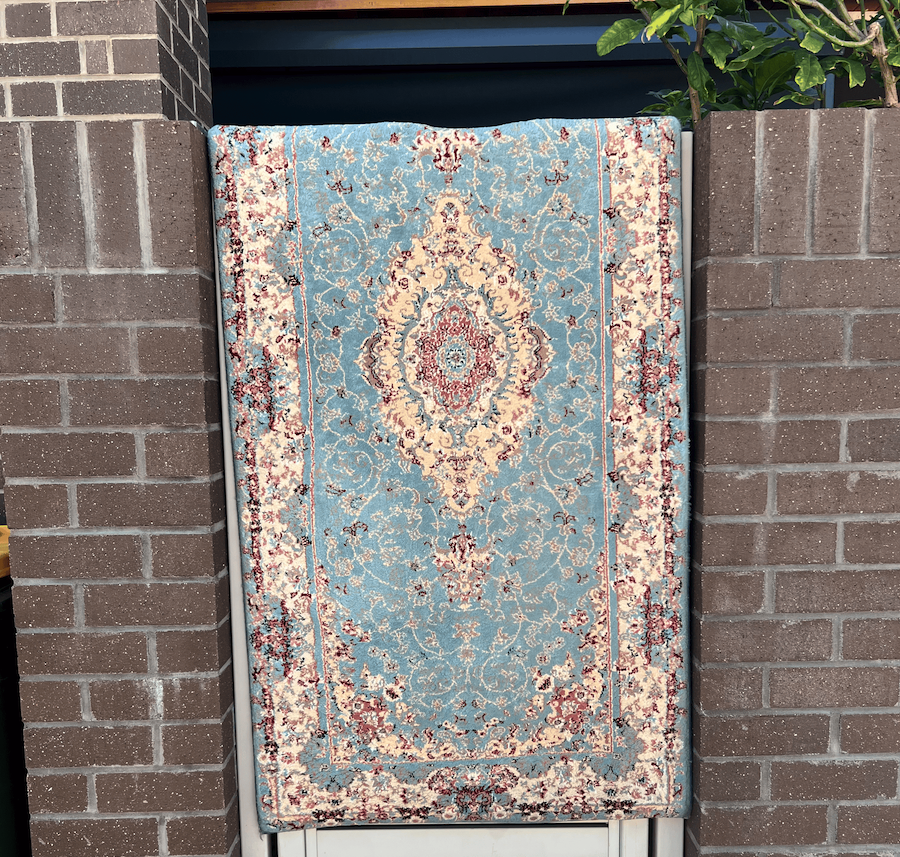
Hanging a rug outdoors for traditional beating is one of the oldest yet most effective methods for removing deeply embedded dust and dirt particles that vacuuming might miss. The vertical positioning allows gravity to help release debris as you work.
Safety Considerations for Rug Beating
- Choose a well-ventilated outdoor area away from open windows to prevent dust from re-entering your home.
- Wear a dust mask if you have allergies or respiratory sensitivities
- Avoid shaking or beating rugs in windy conditions, as it can blow dirt back onto the rug
- Be mindful of neighbours when shaking out dusty rugs
Rotating Your Rug
Rugs wear unevenly, especially in high-traffic areas or parts exposed to direct sunlight. Regular rotation ensures that wear patterns develop more evenly, extending the rug’s life and maintaining its appearance.
Recommended rotation schedule:
- For high-traffic areas: Rotate every 2-3 months
- For moderate traffic areas: Rotate every 6 months
- For low-traffic areas: Rotate annually
Besides rotation, consider using rug pads underneath. These provide cushioning and reduce friction between the rug and floor, minimising wear. For areas with intense sunlight, use window treatments to prevent colour fading on sections of your rug.
Spot Cleaning: Tackling Stains and Spills
Even with regular maintenance, accidents happen. Quick action and proper techniques can prevent permanent staining when they do.
Quick Response Routine
The golden rule of rug stain removal is to blot, not rub. Rubbing pushes the stain deeper into the fibres and can damage the rug’s pile.
- Use clean, white, absorbent cloths or paper towels
- Work from the outside of the stain inward to prevent spreading
- Press down firmly, but don’t scrub
- Continue blotting until no more liquid transfers to the cloth
Switch to a dry section of cloth frequently
What not to do with fresh stains
- Never rub or scrub vigorously
- Avoid using hot water, which can set protein-based stains
- Don’t use bleach or harsh chemical cleaners, and don’t oversaturate the area with a cleaning solution
- Don’t use coloured cloths or towels that might transfer dye
For liquid spills, create a dam around the affected area with dry towels to prevent the liquid from spreading outward. For semi-solid spills, gently scrape up excess material with a spoon or dull knife before blotting.
Homemade Cleaning Solutions
Vinegar and Dish Soap Solution
For general stain removal, mix:
- 1 teaspoon of mild dish soap
- 1 teaspoon of white vinegar
- 1 litre of warm water
Apply this solution sparingly to the stain using a spray bottle or a damp cloth, then blot with a clean, dry cloth. Rinse by blotting with a cloth dampened with clean water and allow to air dry.
Baking Soda Solutions for Odours
For persistent odours or pet accidents:
- Blot up as much liquid as possible
- Sprinkle a generous amount of baking soda (or baking soda-based carpet odor eliminator like the one above) over the area
- Let it sit for several hours or overnight
- Vacuum thoroughly
For deep-set odours, make a paste with baking soda and a small amount of water, apply it to the area, allow it to dry completely, and then vacuum.
Club Soda for Wine Stains
Fresh wine spills respond well to club soda:
- Blot up as much wine as possible
- Pour a small amount of club soda onto the stain
- Blot immediately
- Repeat until the stain lifts
- Follow with the vinegar and dish soap solution if needed
Stain-Specific Treatments
Food and Beverage Stains
- Coffee/Tea: Blot, then apply an equal-sized white vinegar and water solution. If needed, follow with the dish soap solution.
- Chocolate: Scrape off excess, then treat with a dish soap solution. For stubborn stains, add a drop of hydrogen peroxide to the solution (test in an inconspicuous area first).
- Red sauce: Blot, apply cold water, then the dish soap solution. Avoid hot water, which can set tomato-based stains.
Pet Accidents
Fresh pet stains require immediate attention:
- Blot thoroughly to remove as much liquid as possible
- Apply an enzyme-based pet stain remover, following package directions
- For older stains, you may need to repeat the application
- Avoid ammonia-based cleaners, as these can attract pets to re-mark the area
Mud and Dirt Stains
Allow mud to dry completely, then:
- Vacuum or scrape off the dried dirt
- Treat with the dish soap solution
- Blot with clean water
- Repeat if necessary
Oil-based Stains & Makeup
For grease, oil, or makeup:
- Blot to remove excess
- Apply cornflour or talcum powder to absorb the oil
- Let it sit for 15-30 minutes
- Vacuum thoroughly
- Treat any remaining stain with a dish soap solution
Remember that swift action is key to successful stain removal. The longer a stain sits, the more difficult it becomes to remove. Always test any cleaning solution on an inconspicuous area first to ensure it won’t damage the rug or cause colour bleeding.
Product Recommendation: Bissell Spot Cleaner
We consistently recommend the Bissell Spot Cleaner for effective rug maintenance. This compact powerhouse is the perfect combination for spot cleaning and can even clean a whole rug when needed.
- What makes this machine stand out is its versatility. Bissell offers recommended solutions for all types of direct stains and spills, making tackling everything from red wine to pet accidents simple.
- I own one and wouldn’t be without it. The vacuuming function alone is brilliant for reducing drying time as it sucks up excess water effectively. First-time users are always amazed at how dirty the water tank becomes after cleaning, revealing how much embedded dirt regular vacuuming misses.
- For best results, vacuum the rug thoroughly, then use the Bissell with the appropriate cleaning solution for your specific stain type. The extraction capability significantly reduces drying time, making it perfect for busy households where waiting for rugs to dry isn’t practical.
Deep Cleaning Methods
Hand Washing
Even with regular maintenance and spot cleaning, rugs eventually need a thorough, deep cleaning to remove embedded dirt and restore their appearance. Hand washing is often the safest method for many rug types, particularly those with natural fibres or delicate construction.
When to Hand Wash
Hand washing is generally safe for:
- Cotton rugs
- Synthetic rugs (polypropylene, nylon, polyester)
- Many wool rugs (though caution is needed)
- Washable area rugs with stable dyes
Hand washing is typically NOT suitable for:
- Antique or valuable oriental rugs
- Jute, sisal, or seagrass rugs
- Rugs with cardboard or glued components
- Rugs with unstable dyes
Size Considerations
Hand washing works best for rugs you can manage physically.
As a rule of thumb:
- Small rugs (up to 1.5m x 1m): Can usually be washed in a bathtub
- Medium rugs (up to 2m x 3m): Can be washed on a suitable outdoor surface
- Large rugs (larger than 2m x 3m): Consider professional cleaning or a different method
Frequency Recommendations
For most households, deep clean your rugs once or twice a year. Increase quarterly cleaning for high-traffic areas or homes with children, pets, or allergy sufferers. Decrease every 18-24 months for rugs in rarely used rooms.
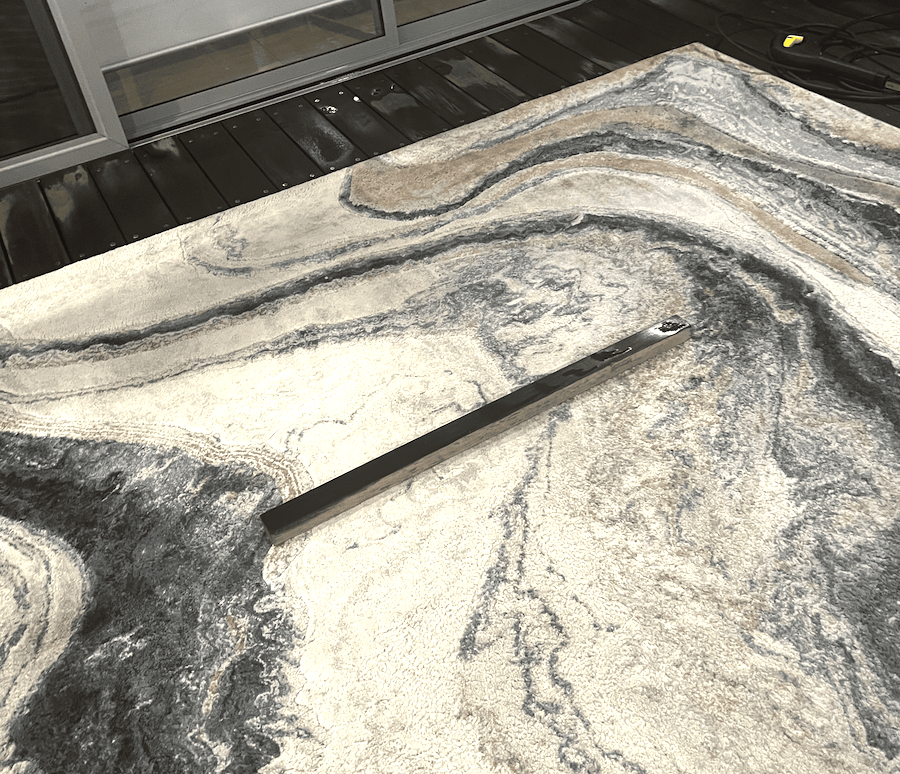
A large, heavy stick is beneficial for pushing excess water out of freshly washed rugs. This significantly reduces drying time by removing moisture that would otherwise need to evaporate. The elevated wooden deck provides excellent under-rug ventilation, particularly beneficial in hot, dry climates where air circulation speeds up the drying process.
Step-by-Step Hand-Washing Process
Setting Up Your Washing Area
For smaller rugs, use a bathtub:
- Clean the tub thoroughly to remove any residue from bath products
- Place a non-slip mat on the bottom to prevent damage to both the tub and rug
- Ensure good ventilation in the bathroom to aid in drying
For larger rugs, use an outdoor area:
- Choose a clean, flat surface like a deck, driveway, or patio
- Sweep the area thoroughly to remove dirt and debris
- Consider laying down a tarp or plastic sheet for additional protection
Applying cleaning solutions:
- Test your cleaning solution on an inconspicuous area first
- For most rugs, mix a pH-neutral mild detergent with lukewarm water (about one tablespoon of detergent per gallon of water)
- For wool rugs, use a specialist wool rug shampoo and cold water
- Wet the entire rug evenly, utilising a garden hose with low pressure or buckets of water
- Apply the cleaning solution evenly using a soft brush, sponge, or clean mop

Expert Insights From Raquel Billett
Interior Décor Expert
When hand-washing rugs, temperature control is crucial. Hot water can shrink natural fibres and damage adhesives, while cold water doesn't clean as effectively. Aim for lukewarm water for most rugs and cold water specifically for wool. Remember that wet rugs are incredibly heavy, so plan your washing location with drying in mind you won't want to move a sopping wet rug very far!
Scrubbing Techniques
- Use a soft-bristled brush or sponge to work the cleaning solution into the rug
- Scrub gently in the direction of the pile, not against it
- Pay special attention to high-traffic areas and visible stains
- Work in small sections, moving methodically across the rug
- For stubborn stains, allow the cleaning solution to dwell for 5-10 minutes before scrubbing
Thorough Rinsing
Proper rinsing is essential; soap residue will attract dirt if left on the rug.
- Rinse thoroughly with clean water using a hose or buckets
- Continue rinsing until the water runs clear with no soap bubbles
- For wool rugs, add a small amount of white vinegar to the final rinse (1/4 cup per gallon) to restore the natural pH
- Use a squeegee to remove excess water, working in the direction of the pile
Machine Cleaning
Machine cleaning offers an efficient alternative to hand washing for synthetic rugs and some durable natural fibre rugs.
Choosing the Right Machine
Carpet cleaners vs. steam cleaners:
- Carpet cleaners (also called carpet extractors) use a combination of cleaning solution, agitation, and suction to clean rugs. These cleaners are generally better for most rugs as they control moisture more effectively.
- Steam cleaners use hot water vapour to clean and sanitise. While effective for killing dust mites and bacteria, the high heat can damage some rug materials and adhesives.
Attachments for Rug Cleaning
The right attachments make a significant difference:
- Hand tools or upholstery attachments work better than floor attachments for most rugs
- Look for softer brush attachments rather than stiff bristles
- Avoid beater bars or rotating brushes for delicate or fringed rugs
Machine Cleaning Process
Pre-treating high-traffic areas:
- Vacuum thoroughly before machine cleaning
- Apply a pre-treatment spray to visibly soiled areas and high-traffic paths
- Allow the pre-treatment to work for 5-15 minutes (follow product instructions)
- For stubborn stains, use a soft brush to work in the pre-treatment gently
Operating the machine properly:
- Fill the clean water tank with water and the recommended amount of cleaning solution
- Start in one corner and work methodically across the rug
- Use slow, overlapping passes
- Don’t oversaturate the rug; one or two passes should be sufficient
- Empty the dirty water tank when it becomes full
Common mistakes to avoid:
- Using too much cleaning solution, which leaves residue
- Moving the machine too quickly reduces cleaning effectiveness
- Oversaturating the rug extends drying time and can cause backing damage
- Not emptying the dirty water tank frequently enough
- Using hot water on wool or delicate rugs
Post-cleaning Care
- Run the machine with clean water only (no solution) for a final rinse pass
- Make additional dry passes with just the suction to remove excess moisture
- Use fans or dehumidifiers to speed up drying time
- Avoid walking on the rug until it is scorched
Pressure Washing
The question “Can you pressure wash a rug?” is common, and the answer is yes for certain rug types. Pressure washing can be highly effective for synthetic outdoor and some durable indoor rugs, providing a deep clean that removes stubborn dirt and stains.
Is Pressure Washing Right for Your Rug?
Pressure washing works well for:
- Outdoor rugs made of polypropylene or synthetic materials
- Indoor-outdoor rugs are specifically designed to withstand moisture
- Some synthetic indoor rugs with stable dyes and secure backing
Pressure washing is NOT suitable for:
- Wool, silk, or other natural fibre rugs
- Antique or valuable rugs
- Rugs with loose backing or glued components
- Jute, sisal, or seagrass rugs
- Rugs with foam backing
Even with suitable materials, prevent washing pressure if:
- The rug’s colours bleed during your colourfastness test
- The rug has recently been repaired
- The backing shows signs of deterioration
- The rug has a history of shrinkage issues
Before pressure washing, consider:
- The rug’s age and condition
- Whether it has survived previous wet cleaning methods
- The importance and replaceability of the rug
- Your confidence in controlling the pressure washer
Pressure Washing Steps
Setting up the outdoor cleaning area:
- Choose a clean, flat surface like a driveway or patio
- Ensure good drainage to prevent standing water
- Clean the surface thoroughly to avoid additional dirt transfer
- Consider using a tarp underneath for extra protection
- Secure, lightweight rugs to prevent them from moving during cleaning
Choosing the right pressure setting:
- Use the lowest practical pressure setting, usually 1200-1800 PSI
- Select a wide-angle nozzle (40 degrees) rather than a narrow one
- Test the pressure in an inconspicuous corner first
- Keep the pressure consistent throughout the cleaning process
Proper technique and angle:
- Hold the nozzle at least 30cm (12 inches) from the rug’s surface
- Maintain a consistent 25-40 degree angle
- Use a smooth, sweeping motion
- Work in the direction of the pile when possible
- Move methodically in slightly overlapping paths
Cleaning both sides thoroughly:
- Start with the front side of the rug
- After thoroughly cleaning the front, allow excess water to drain
- Carefully flip the rug over
- Clean the back side using the same technique
- Flip back over and give the front a final rinse
Drying a rug after pressure washing is critical to preventing mould and mildew growth. In the next section, we’ll cover drying techniques in detail.
Remember that pressure washing, while practical, should be reserved for rugs that can handle the process. Opt for a gentler cleaning method or consult a professional when in doubt.
Why Consider a Synthetic Rug: The Practical Choice for Modern Homes
Synthetic rugs, particularly those made from high-quality polypropylene like the Bayliss Kensington Chronicle, offer significant advantages for today’s busy households.
- These rugs feature remarkable cleaning resilience, withstanding more vigorous methods, including pressure washing. The 100% Heatset Polypropylene construction can handle harsher cleaning agents, higher water temperatures, and sun exposure without damage or fading.
- Their built-in stain resistance gives you more time to treat spills before they become permanent, making them ideal for dining areas and family rooms. Modern manufacturing techniques have also improved their quality and appearance, offering intricate designs that maintain their look with minimal effort.
- Quality synthetic rugs deliver an impressive aesthetic impact at a fraction of the cost of natural fibre alternatives. They are also less likely to harbour allergens, a significant benefit for allergy sufferers.
- Remember that some Bayliss rugs in our collection are made from natural materials, so always check the composition before purchasing and applying any cleaning methods to ensure appropriate care for your specific rug.
Drying Your Rug Properly
How to dry a rug after cleaning is just as important as the cleaning process itself. Improper drying can lead to mould, mildew, odours, and structural damage to your rug.
Removing Excess Water
The first step is removing as much moisture as possible:
- Squeegee: Work in the direction of the pile, applying firm but gentle pressure
- Wet-dry vacuum: Make multiple passes, emptying the tank as needed
- Absorbent towels: Press dry towels into the rug, replacing them as they become saturated
- Rolling method: Lay dry towels on the rug, roll the rug with towels inside, press to transfer moisture, then unroll and replace towels
For rugs cleaned outside, you can also use the gentle slope of a driveway to help drain water away, supporting the rug to maintain its shape.
If drying indoors, protect your floors by:
- Placing a waterproof tarp or plastic sheeting under the rug
- Raising the rug off the floor using a drying rack or plastic mesh
- Placing towels beneath the rug and changing them regularly
- Using plastic containers or wood blocks to create air space beneath the rug
Air Drying Methods
Weather permitting, outdoor drying is often faster and more effective:
- Choose a clean, shaded area – direct sunlight can fade colours
- Ensure good air circulation
- Elevate the rug off the ground to allow airflow from below
For indoor drying:
- Select a well-ventilated room
- Keep windows open if the weather permits
- Use fans to circulate air
- Consider using a dehumidifier to remove moisture from the air
Using the sun to your advantage:
- Morning or late afternoon sun provides gentle drying without fading
- Rotate the rug periodically for even drying
- For wool rugs, limit direct sunlight exposure to prevent shrinkage
- For synthetic rugs, brief periods of direct sunlight can help kill bacteria
Fans and dehumidifiers: Position fans to create cross-ventilation across the rug surface. Oscillating fans are particularly effective. If available, a dehumidifier will significantly speed drying time by removing moisture from the air.
Ensuring complete drying: A rug may appear dry on the surface while remaining damp inside.
Test for complete drying by:
- Pressing a white towel firmly into different areas of the rug
- Touching the backing with your fingertips to check for dampness
- Checking for a musty smell, which indicates remaining moisture
Use a Wet-Dry Vacuum Cleaner
You can also use a wet-dry vacuum cleaner outside to help significantly with drying. Similar to using a squeegee, you can push the water toward the edges of the rug while simultaneously vacuuming it. Despite the carpet feeling somewhat soggy afterwards, this method effectively extracts large amounts of water, therefore significantly reducing overall drying time.

Expert Insights From Clem Sturgess
20+ years' experience in hard flooring
"Complete drying is critical. Many people rush to put their rugs back in place while still slightly damp, which is a recipe for mould and mildew. For thick rugs, expect drying to take 24-48 hours with good ventilation. In humid conditions, it can take even longer. Patience here pays dividends—a properly dried rug will look better, smell fresher, and last longer."
Post-Drying Care
Once completely dry, restore the rug’s texture by:
- Brushing in the direction of the pile using a soft-bristled brush
- Gently combing the fringe with a wide-toothed comb
- For high-pile or shaggy rugs, use your fingers to fluff and separate matted fibres
Final vacuuming: A thorough vacuuming after drying removes any remaining cleaning residue and restores the rug’s appearance.
- Vacuum both sides if possible
- Use a brush attachment for delicate areas
- Make several passes in different directions
Checking for residual moisture: Even after apparent drying, inspect underneath furniture placed on the rug after a few days to ensure no hidden moisture is trapped.
Alternative Cleaning Methods
Sometimes, a complete water-based cleaning isn’t necessary or appropriate. Here are effective alternatives for cleaning rugs without washing them.
Steam Cleaning
Benefits of steam cleaning:
- Uses minimal moisture while providing deep cleaning
- Effectively kills dust mites, bacteria, and other allergens
- Removes odours without chemical treatments
- Lifts dirt without saturation
Steam cleaning works well for:
- Most synthetic rugs
- Some wool rugs (with low-temperature settings)
- Rugs with stable dyes and secure backing
It’s generally not suitable for:
- Antique or delicate rugs
- Natural fibre rugs like jute or sisal
- Rugs with glued components that heat could damage
Step-by-step Process
- Thoroughly vacuum the rug
- Test the steam cleaner in an inconspicuous area
- Use the upholstery attachment with a clean cover
- Move the steamer in the direction of the pile
- Hold the steamer head just above the surface without pressing down
- Move at a steady pace, allowing the steam to penetrate without saturating
- Allow the rug to dry completely before replacing the furniture
Dry Cleaning
Absorbent compounds in dry rug cleaning products attract and bind with dirt:
- Powder-based cleaners
- Foam-based cleaners
- Dry cleaning kits are explicitly designed for rugs
Dry compound application
- Vacuum thoroughly
- Sprinkle the dry cleaning compound evenly across the rug
- Use a soft brush to work the compound into the fibres
- Allow it to sit according to package directions (typically 30-60 minutes)
- Vacuum thoroughly, making multiple passes to remove all compound
Dry cleaning is effective for:
- Light to moderate soiling
- Regular maintenance between deep cleanings
- Rugs that cannot tolerate water-based cleaning
It’s less effective for:
- Deep, set-in stains
- Heavy soiling or odours
- Very thick or dense pile rugs
Deodorising Techniques
Baking Soda Treatment for General Odour Removal
- Sprinkle baking soda liberally across the entire rug
- Use a soft brush to work it gently into the fibres
- Let it sit for at least 6 hours or overnight
- Vacuum thoroughly
For localised odours, make a paste with baking soda and a small amount of water, apply it to the area, allow it to dry completely, and then vacuum.
Essential Oil Refreshers for a Pleasant Scent
- Mix 10-15 drops of essential oil with 1 cup of baking soda
- Let the mixture sit in a closed container for 24 hours to infuse
- Sprinkle over the rug and follow the baking soda treatment steps above
Popular essential oils include lavender, tea tree, eucalyptus, and citrus. Ensure they’re pet-safe if you have animals in the home.
Sunlight is a Natural Deodoriser and Disinfectant
This is generally only 100% with synthetic rugs.
- On a dry, sunny day, place your rug outside
- Position it in direct sunlight for 2-3 hours
- Flip it over halfway through to expose both sides
- Avoid doing this with rugs prone to fading
Specialty Rugs Considerations
Different types of rugs require specific cleaning approaches. Here’s what you need to know about cleaning specialty rugs.
Wool Rugs
Wool requires special care:
- Always use cold or lukewarm water, never hot
- Choose pH-neutral cleaners specifically for wool
- Avoid vigorous scrubbing or agitation
- Test any cleaning solution first
- Clean with gentle blotting motions rather than scrubbing
To prevent wool rug shrinkage:
- Avoid complete saturation
- Never use hot water
- Don’t place in direct sunlight while wet
- Air dry flat rather than hanging
- Never use a clothes dryer
Look for cleaners labelled as wool-safe, or make your gentle solution:
- Mix one teaspoon of mild wool detergent with 1 litre of cold water
- For a rinse solution, mix 1 part white vinegar with four parts cold water
Antique and Valuable Rugs
For antique or valuable rugs, consider:
- Age and condition
- Construction and materials
- Previous repairs or restoration
- Current market value
- Sentimental value
For routine care:
- Vacuum with a suction-only attachment
- Use a screen over the rug when vacuuming delicate areas
- Blot spills immediately with white cloths
- Keep away from direct sunlight and high humidity
- Rotate regularly to distribute wear
Consider professional cleaning if your rug:
- Is over 50 years old
- Has significant monetary value
- Shows signs of dye bleeding or structural issues
- Has previous restoration work
- It contains silk or metal threads
When to Call the Professionals
While DIY rug cleaning is often effective, some situations call for professional expertise.
Signs Your Rug Needs Professional Cleaning
If odours remain after thorough cleaning, this may indicate:
- Deep-seated biological matter
- Mould or mildew in the backing
- Pet urine that has penetrated the backing or pad
Consider professional cleaning for stains that:
- Have been present for months or years
- Have been unsuccessfully treated multiple times
- Have you changed the rug’s texture or pile
- Involve red wine, coffee, ink, or other notoriously difficult substances
Delicate or valuable rugs:
- Antique or heirloom rugs
- Hand-knotted oriental or Persian rugs
- Silk or part-silk rugs
- Rugs with intricate patterns or designs
- Rugs valued at over £500
Water damage or mould:
Signs that indicate professional attention is needed:
- Visible mould or mildew
- Musty or sour odours
- Discoloration in the backing
- Previous flooding or water damage
- Backing separation or deterioration
What to Expect from Professional Services
Professional rug cleaners typically offer:
- Immersion cleaning in specialised wash pits
- Hand washing for delicate rugs
- Dusting machines to remove deeply embedded dirt
- Specialised drying rooms with controlled temperature and humidity
- Specialised treatments for stains, odours, and moth prevention
Selecting a Reputable Rug Cleaner
Credentials to look for:
- Membership in professional organisations like the National Carpet Cleaners Association
- Specialist training in oriental or wool rug cleaning
- Years of experience, particularly with your specific rug type
- Insurance coverage
- Positive reviews and testimonials
Questions to ask:
- Do they clean rugs in their facility or in your home?
- What cleaning methods do they use for your specific type of rug?
- Do they offer a written estimate before cleaning?
- What steps do they take to protect delicate areas like the fringe?
- Do they offer a satisfaction guarantee?
- How do they handle any potential issues that arise during cleaning?
Be wary of companies that:
- Quote prices significantly lower than competitors
- Won’t provide details about their cleaning process
- Don’t offer a physical location for rug drop-off
- Can’t provide references or examples of similar rugs they’ve cleaned
- Pressure you into additional services
- Don’t conduct a pre-cleaning inspection
Proper rug cleaning is an investment in your home’s appearance and your family’s health. By following the methods outlined in this guide, you can maintain beautiful, clean rugs for years to come. Moreover, remember that the key to successful rug care is identifying your rug’s material, using appropriate cleaning methods, and ensuring thorough drying. Additionally, regular maintenance through vacuuming and spot cleaning will not only extend the time between deep cleanings but also preserve your rug’s appearance and structural integrity over time.


